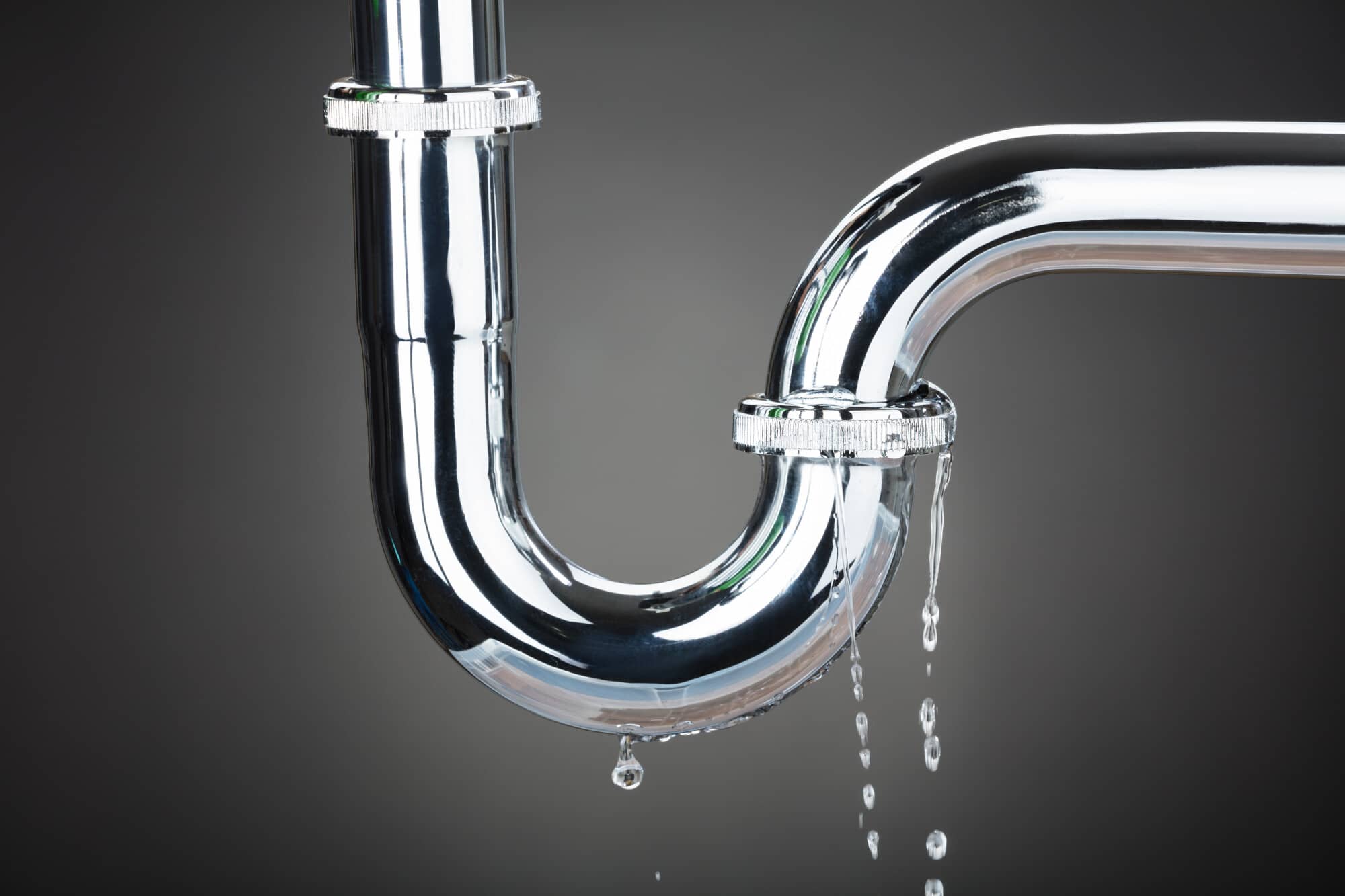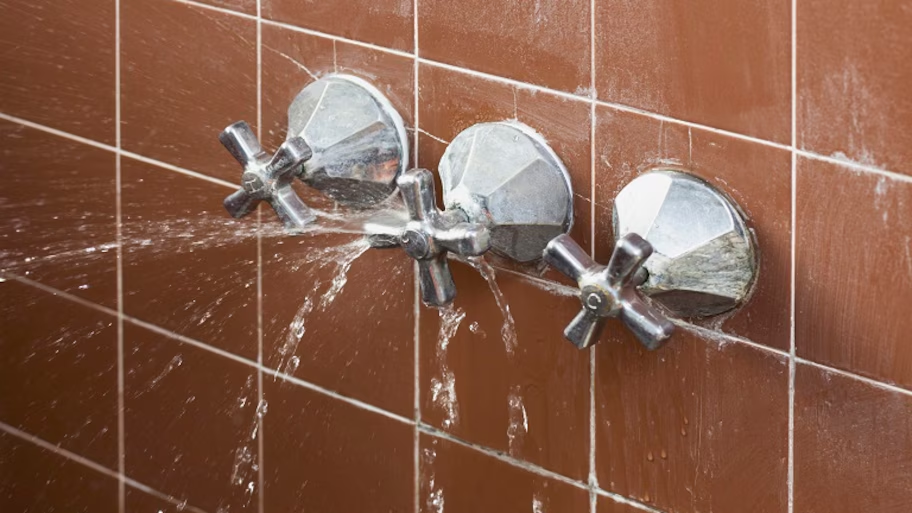What Causes Moisture Harm in the Bathroom
What Causes Moisture Harm in the Bathroom
Blog Article
This article which follows relating to How to Repair and Prevent Bathroom Water Damage? is highly insightful. Check it out for yourself and figure out what you think about it.

Water damage usually happens in the bathroom as a result of the water made use of everyday. In some cases, the damage could be a little mold and mildew from the shower. Various other times, it's large damages on your flooring. Whatever it is, it is always good to recognize the cause and also avoid it before it happens.
This overview will certainly undergo some of the usual sources of water damage in the washroom. We will certainly also analyze what you can do to prevent these causes from harming your restroom. Let's dive in.
These are the common reasons you would certainly have water damage in your washrooms and exactly how you can detect them:
Excess Moisture
It's trendy to have that long shower as well as sprinkle water while you hem and haw and also imitate you're performing, but in some cases these acts might trigger water damage to your shower room.
Sprinkling water around can trigger water to visit corners as well as form molds. Watch just how you spread out excess dampness around, as well as when you do it, clean it up to avoid damage.
Splits in your wall surface ceramic tiles
Restroom wall surface floor tiles have actually been specifically created for that function. They shield the wall from dampness from people taking showers. Nonetheless, they are not indestructible.
Occasionally, your restroom wall surface tiles split and enable some moisture to leak right into the wall surface. This might possibly damage the wall if you don't take any type of action. If you notice a crack on your wall surface ceramic tiles, fix it immediately. Don't wait till it ruins your wall.
Overruning commodes and sinks
As humans, occasionally we make blunders that might create some water damage in the bathroom. For example, leaving your sink tap on could cause overflowing and also damages to various other parts of the washroom with dampness.
Likewise, a damaged commode might trigger overflowing. As an example, a busted bathroom deal with or other parts of the tank. When this occurs, it can harm the floor.
As quickly as you observe an overflowing sink or commode, call a plumbing professional to assist handle it quickly.
Ruptured or Dripping Pipes
There are several pipes lugging water to different parts of your washroom. Some pipelines take water to the commode, the sink, the faucets, the shower, and also several other areas. They crisscross the tiny area of the washroom.
From time to time, these pipes can obtain corroded and burst. Other times, human action might trigger them to leakage. When this happens, you'll find water in the corners of your restroom or on the wall.
To spot this, look out for bubbling walls, molds, or mold. Call a specialist emergency situation plumber to repair this when it occurs.
Roofing Leaks
In some cases, the problem of water damage to the bathroom could not originate from the bathroom. As an example, a roofing leakage could create damages to the bathroom ceiling. You can detect the damage done by taking a look at the water discolorations on the ceiling.
If you discover water discolorations on your ceiling, examine the roofing system to see if it's harmed. Then, call a specialist to help fix the concern.
Final thought
Water damage to your washroom can be annoying. Nevertheless, you can manage it if you prevent some of the causes mentioned in this guide. Call an expert emergency situation plumbing if you discover any type of severe damage.
How to Prevent Water Damage in Your Bathroom?
Water damage repair is an expensive, meticulous, and lengthy process. Unfortunately, bathrooms are the most susceptible rooms to water damage due to toilets, showers, and sinks. Pipes and fixtures wear out over time and are not immune to damage. But all is not lost, as there are ways to prevent water damage from occurring in your bathroom.
Check Your Plumbing
Nothing lasts forever, especially pipes, which can rust and begin leaking over time. You should periodically conduct pipe inspections and pay attention for any musty smells or water stains that may indicate you need water damage repair. Here are some things to check:
Frequently test valves for your toilet, shower, and sink to ensure they are properly working. Check faucet supply lines hidden under vanities and replace when needed. Replace cracked or deteriorating caulking along sinks, tubs, and showers. If you notice a clog in your sink, call in a professional. Since you can’t check the pipes in the wall, keep an eye out for stains, drywall bubbling, musty smells, and excess moisture; if the bathroom is on a second level, check the ceiling of the room directly below for these signs. Don’t Overwork Your Toilet
One of the most common reasons bathrooms need water damage repair is due to overflowing toilets. Save yourself the hassle of cleanup by being mindful and not pushing your toilet to extreme limits. If you have young children, it is especially important to keep an eye on them when they are in the bathroom and to teach them how to avoid clogging the toilet. Here are some more tips to help prevent your toilet from overflowing:
If you have a septic tank, only use septic-safe toilet paper Do not flush anything down the toilet besides toilet paper; items like diapers and sanitary napkins will clog the piping Pay attention to your toilet’s water level: If it’s low, it could mean it is partially clogged or that there is a crack in the toilet bowl https://www.alure.com/home-improvements-blog/resources/how-to-prevent-water-damage-in-your-bathroom

Hopefully you enjoyed reading our post about How to Repair and Prevent Bathroom Water Damage?. Thanks a ton for taking time to browse our post. Sharing is caring. You won't know, you may very well be doing someone a favor. I recognize the value of reading our article about How to Repair and Prevent Bathroom Water Damage?.
Automated Marketing Report this page